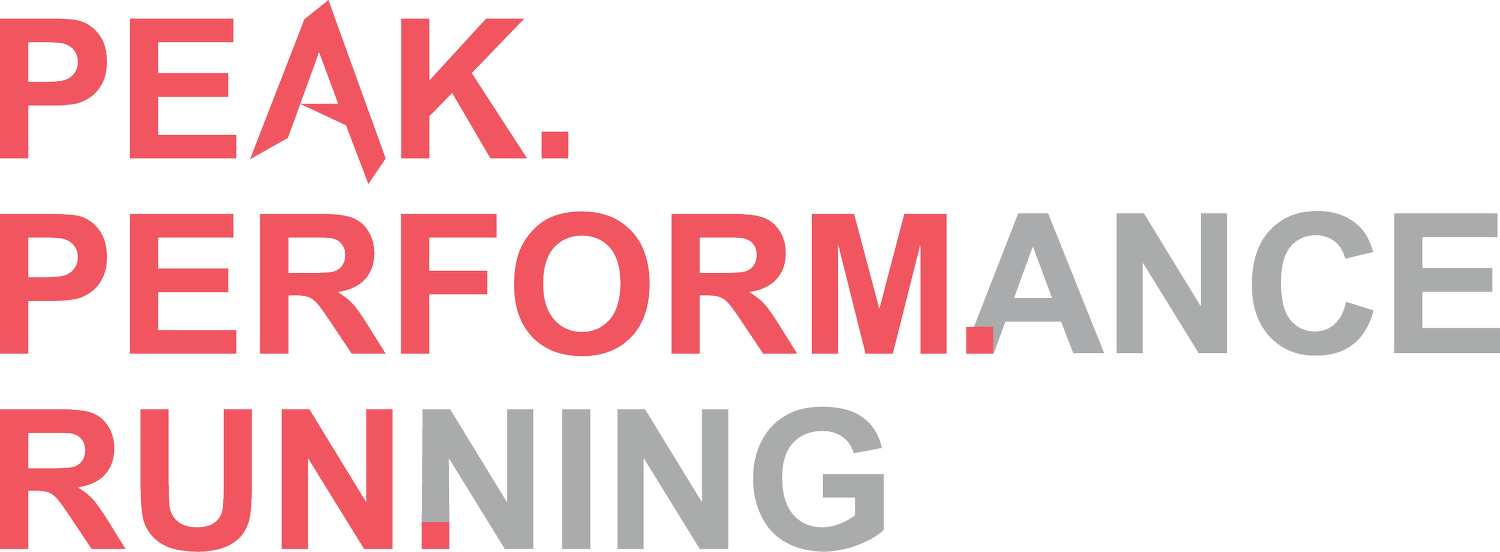Segment 10: Keying in on big races
Facts don’t have feelings
When keying up for a big performance, there is a pressure you feel to have a perfect day and the reality is that you don’t need everything to go 100% perfect. Even an “A” effort gets you a 93-96%. As a student athlete, you are given a clear understanding of what you need to do to get an “A” in school. To get an A in school - you have to follow the rubric, get the assignments in on time, and put forth a reasonable effort to study and master your understanding of the subject. The rubric tells you what’s coming your way, and you can plan ahead and prepare your personal and social schedule accordingly.
Running and Life don’t follow a Rubric
Races with crappy conditions bring out 2 people - those who see the conditions as an equalizer and help them displace athletes who are fitter and have poor attitudes. Then there are those with poor attitudes. The first hurdle many athletes have to understand is that you will constantly chase a “perfect” race and your best races may not and often will not line up on the days when others have great races. The more you race, the more you understand that you’ll be most proud of the days you adapted your strategy, remained flexible, and succeeded despite the conditions/ competition/ stomach ache/ drama in your life.
Confidence is rooted in how you show up
Think about a nervous anxious person, what do they look like? They feel small and tend to retreat into a person who is quiet, short with words. Maybe they’re a little hunched over trying to stay small as to not bring too much attention to themselves. They are often aloof and stuck processing inside their mind - working through all of the things that “will probably go wrong”. Put them under pressure and they will crack.
Now imagine the most confident athlete on the start-line, what do they look like? They’re probably wearing a smile, laughing, with a loose attitude. Before the race, you can watch them move from a very social charismatic person into a focused and determine person. They move from an external space into an internal space but the main difference is they are focused on “what they came to do”.
The internal nervous person is hoping that things don’t go wrong, the confident athlete is focused on what they can do to make it right.
To show up more confident:
Be confident in your stance before the race and at the start line (fake it until you make it)
What does that look like? Act how you think someone who is confident would act. Don’t overcomplicate it!
Stand Tall
Carry yourself with swagger
Check in with teammates
Taking a role where you are leading or giving them confidence can help you feel confident
If you have consistently negative teammates - you may want to avoid them. On the start line - you focus on you.
Execute your pre-race routine
Don’t just go through the motions - execute it.
Put your focus where it will do the most good
Think about your mantra
Winners this year: LEAN IN, DON’T BACK DOWN, TRUST IT
2 Key Sessions on Race Week
On race week you want to preserve freshness and stay in rhythm of training without putting your body through too much stress that you’ll feel tired and cooked coming in. Not doing any sort of workout the week of will also have you feeling flat and sluggish on the start line. There is always a fine line between too much and not enough and I like to give my athletes these sessions because it’s often just enough work to have them leave the session feeling good and hitting paces at goal pace or faster.
1) 4-5x :40 seconds (180-220m) @ 5K-2 Mile on 1:20 (200m) jog
The perfect blend of “Fast” and recovery. I like this with 15-20 minutes of warm up and 10 minutes of cool down. If your normal aerobic run is only 40 minutes cut the warm up to 10 minutes for a 30 minute total session time. A short session of 8-10 minutes will keep you fresh without over doing it.
2) 8-10x :20 seconds (100-120m)@ 2 Mile on :40 seconds of jog rest.
I like this session 2 days out or even before. 2 Mile pace isn’t going to produce much, if any waste so this session often feels like continuous strides. This is a controlled session and a great way to practice your breath. Since this session totals 8-10 minutes - it’s over before it starts
Find your Breath
Focus on and controlling your breath can help you find your ideal state before racing. Whether you need to up your presence or calm yourself down this download has 4 techniques to help you dial in before and during the race so you can perform your best.

